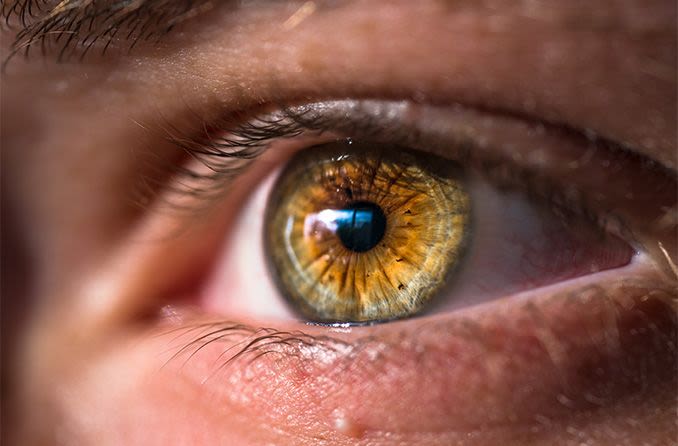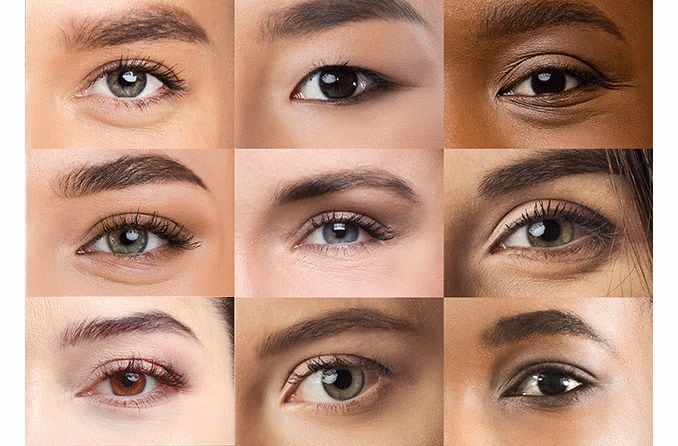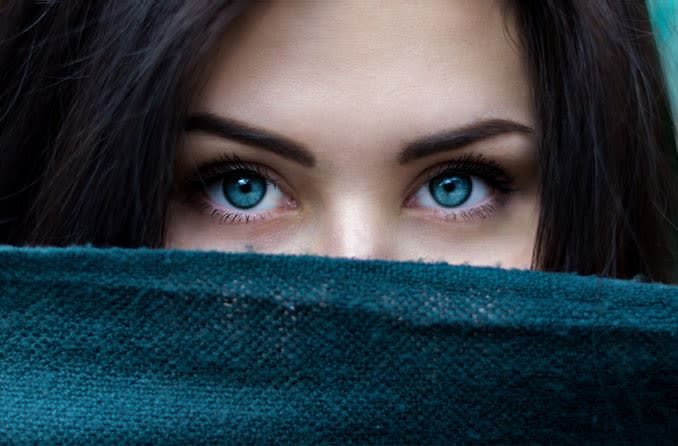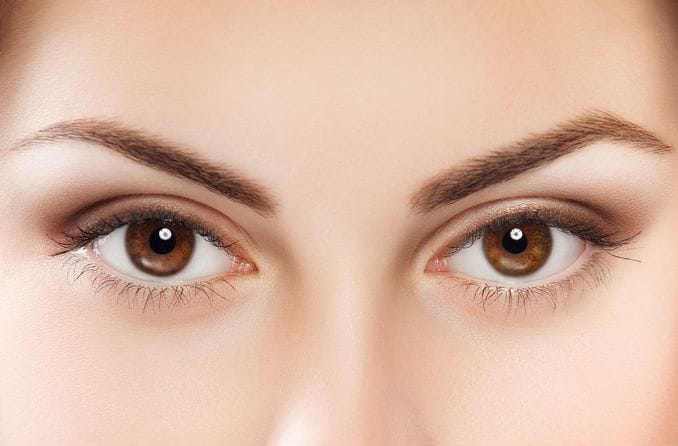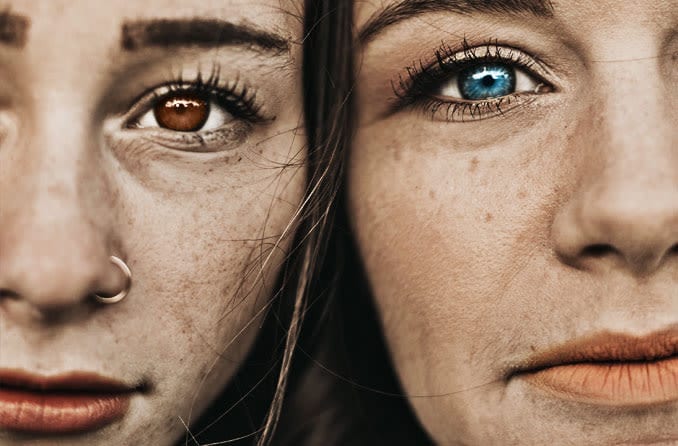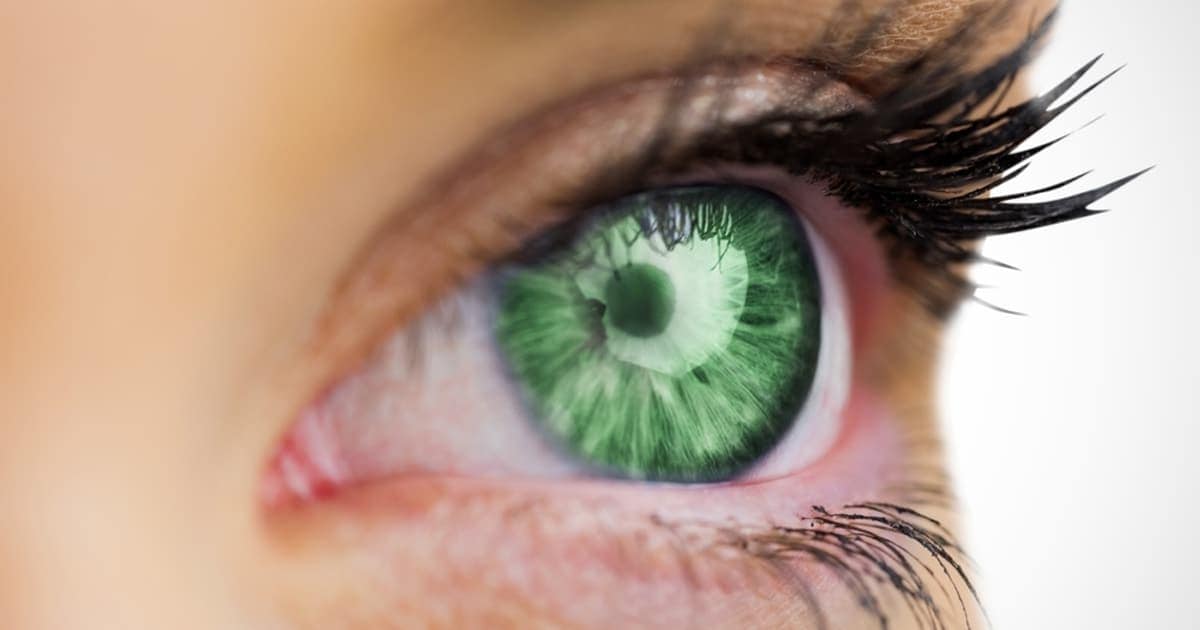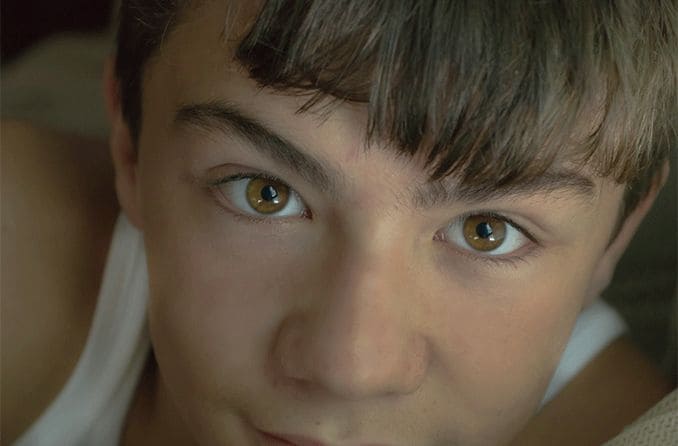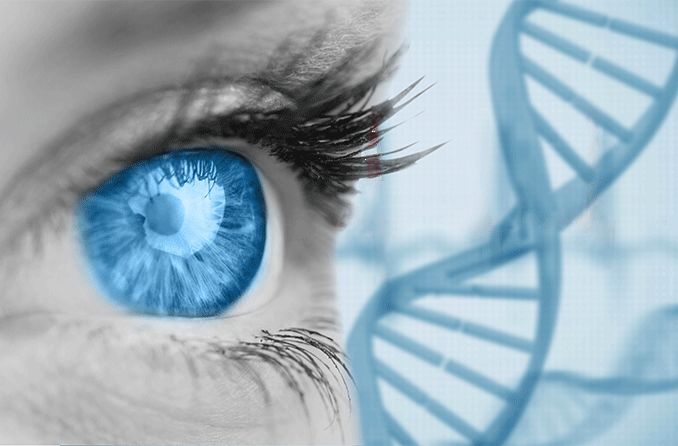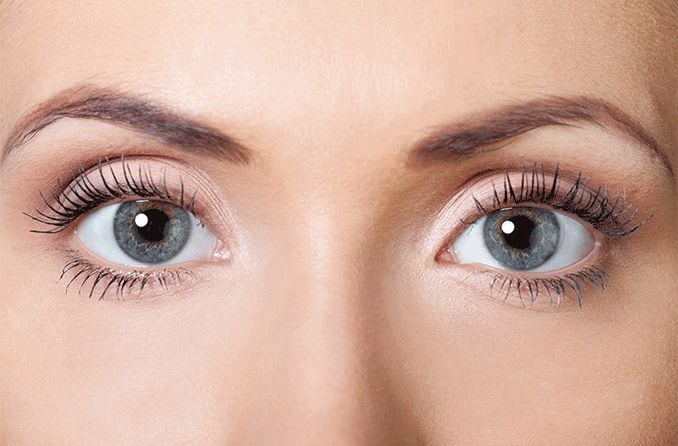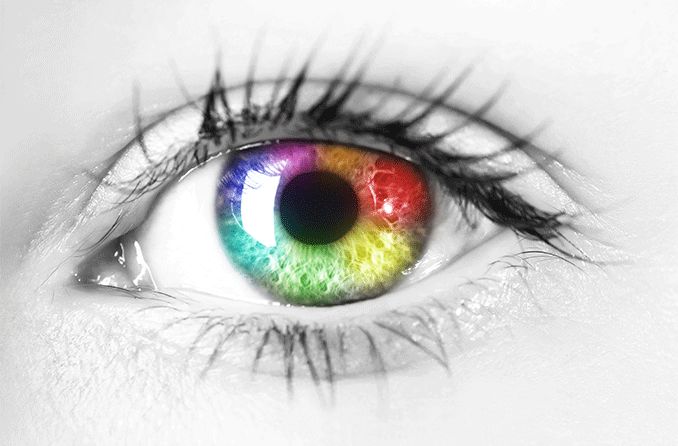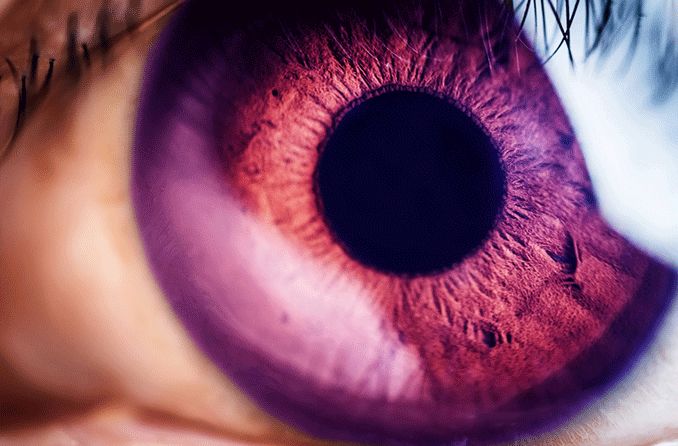Changing your eye color with hazel contacts
If your eyes aren’t naturally hazel, but you’ve always wanted them to be, you can achieve your wish with color contact lenses.
They won’t actually change your eye color, of course, just the appearance of it.
Color contact lenses are available in many colors, so you can choose from a spectrum that includes every shade from light hazel to dark hazel.
But it’s not simply a matter of choosing a lens color you like; the natural color of your eyes has a role in determining which lenses will look best.
If you have very light eyes, color contacts with an “enhancement tint” might be a good choice. These lenses have a translucent color that lets some of your natural color show through — to make your light blue eyes a deeper blue, for example.
If your eyes are light enough, you might achieve the hazel eye color you want with an enhancement tint.
More likely, you’ll need lenses with an opaque tint to achieve a hazel eye color. These lenses are designed to mask your natural eye color with the color you desire. These lenses work well if you have dark brown eyes and want to give them a lighter appearance, including hazel.
An eye care professional can show you various colors and help you make the right choice.
Remember, hazel contact lenses require a contact lens prescription. So if you don’t already wear contacts, you’ll need an eye exam and a prescription before getting them — even if you have perfect vision without corrective lenses.
SEE RELATED: Eye color change surgery
